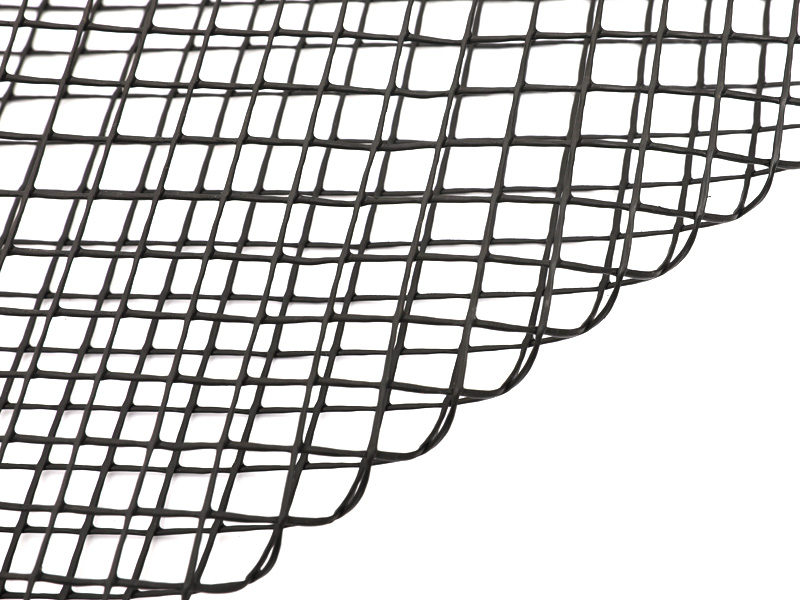When evaluating warning barriers for strength and durab […]
When evaluating warning barriers for strength and durability, it's essential to consider several key features to ensure they provide effective protection over the long term.
Firstly, the material quality of the barriers is paramount. Look for barriers constructed from high-quality materials known for their strength and resilience. Heavy-duty plastics, steel, aluminum, or composite materials are common choices. These materials should be able to withstand impacts, environmental elements, and prolonged use without weakening or deteriorating.
The construction design of the barriers is another crucial aspect. Opt for barriers with a robust design, featuring reinforced edges, support ribs, or structural reinforcements. These features help prevent deformation or breakage, particularly in high-impact or heavy-duty applications where the barriers may be subjected to significant force.
Weight and stability are also important considerations. Choose barriers with sufficient weight and stability to remain in place and withstand external forces. Barriers with a weighted base or low center of gravity offer increased stability, reducing the risk of tipping or displacement, especially in windy conditions or high-traffic areas.
Furthermore, consider whether the barriers feature an interlocking system if using multiple barriers in a continuous line. Interlocking barriers securely connect to one another, forming a cohesive barrier wall that provides added strength and stability. This helps prevent gaps or weak points in the barrier line, enhancing overall effectiveness.
In industrial or hazardous environments, it's essential to select barriers that are resistant to chemicals, solvents, oils, and other corrosive substances. This ensures that the barriers maintain their structural integrity and functionality even when exposed to harsh chemical agents or spills.
UV resistance is another important factor, especially for outdoor applications. UV-resistant barriers are less prone to fading, cracking, or deteriorating when exposed to prolonged sunlight, ensuring long-term durability and maintaining visibility for safety purposes.
Ease of maintenance is also worth considering. Choose barriers that are easy to clean and maintain to prolong their lifespan and functionality. Smooth surfaces and non-porous materials facilitate quick cleaning and disinfection, reducing the risk of bacterial growth and preserving the barrier's appearance and performance over time.
Lastly, ensure that the barriers comply with relevant safety standards and regulations applicable to your industry or specific application. Compliance with standards provides assurance that the barriers meet minimum requirements for strength, durability, and performance, ensuring their reliability and effectiveness in mitigating risks and hazards.
By considering these factors, you can select warning barriers that offer optimal strength and durability, providing effective protection and enhancing safety in various environments and applications.



 WhatsApp:+8613626888261
WhatsApp:+8613626888261